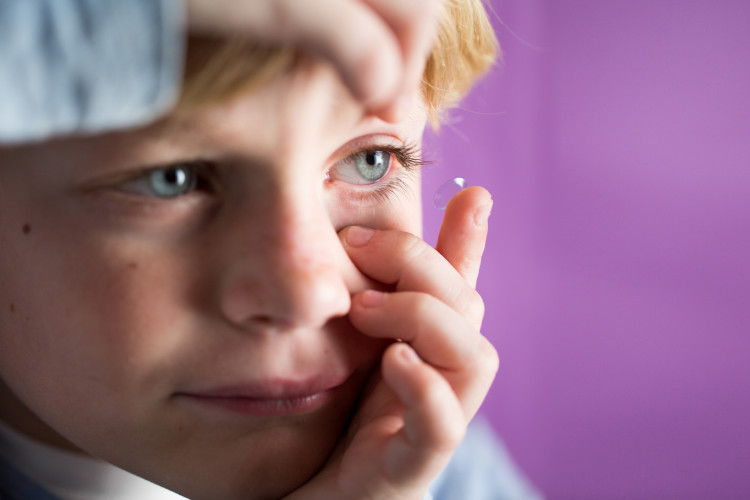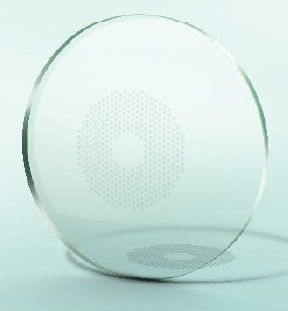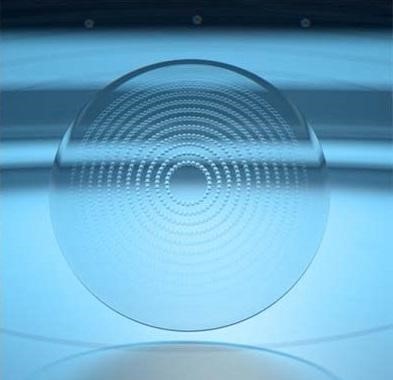Why?
Myopia (also called short or near-sighted) is an eye condition caused by the eye being slightly too long. Patients who have reached a certain level of myopia have an increased risk of developing ocular pathologies such as cataracts, retinal detachment or glaucoma. Biometric test will help us to choose the right method of treatment and to follow its efficiency.
Who?
Controlling myopia is recommended for young patients who have experienced an increase in their myopia, regardless of age or nationality. The goal is to slow the progression.
How?
With an eye exam the optometrist can evaluate and suggest the different options for controlling the myopia according to the individual patient’s condition.
For more information on myopia, and how it can affect your child, visit the following site: mykidsvision.org.

Methods to control myopia
1. Orthokeratology
Orthokeratology is a treatment that consists of wearing rigid contact lenses overnight, to reshape the cornea. This new shape corrects the aberrations on the periphery of the retina and reduces the elongation of the eye, therefore slowing the progression of myopia.
Another advantage during this treatment is a greatly improved daytime vision, often without correction. This treatment requires an initial contact lens adjustment as well as some follow up visits to ensure adequate correction. The corneal topography is a very useful part of the orthokeratology treatment as it enables a precise view of the treated zone.
For more information visit the following site: paragonvision.com.
2. Multifocal Soft Contact Lenses
Multifocal soft contact lenses offer multiple powers of correction within the same lens in order to stimulate the retina differently. These contact lenses are worn during the day with the goal being to control the progression of myopia.
MiSight lenses from Coopervision and Abiliti from J&J are available at Optika Eye Care Center. They are single use contact lenses to help prevent the progression of myopia.
3. Pharmacological treatment
Your optometrist can prescribe atropine eye drops to be obtained from your pharmacist. These diluted drops can be used either alone or preferably in conjunction with other methods of treatment.
4. Optical correction (glasses)
The Miyosmart lens from Hoya, a new innovative treatment, consists of a central zone that corrects the refractive error and subtle defocus segments that surround the center. This design aims to slow down excessive elongation of the eye, a process that causes myopia progression. A two-year clinical study has proven that the Miyosmart lens slows down myopia progression by 60% on average. Patients with a prescription of up to -10 D (myopia and astigmatism combined) can benefit from this treatment offered at Optika Eye Care Center.

Stellest lenses from Essilor use the HALT technology (Highly Aspherical Lenselet Target) to create a volume of vision on the retina instead of a flat image. This helps to control the progression of the myopia when worn everyday, 12 hours a day. Patients with a prescription of up to -10 D (myopia and astigmatism combined) can benefit from this treatment offered at Optika Eye Care Center.


